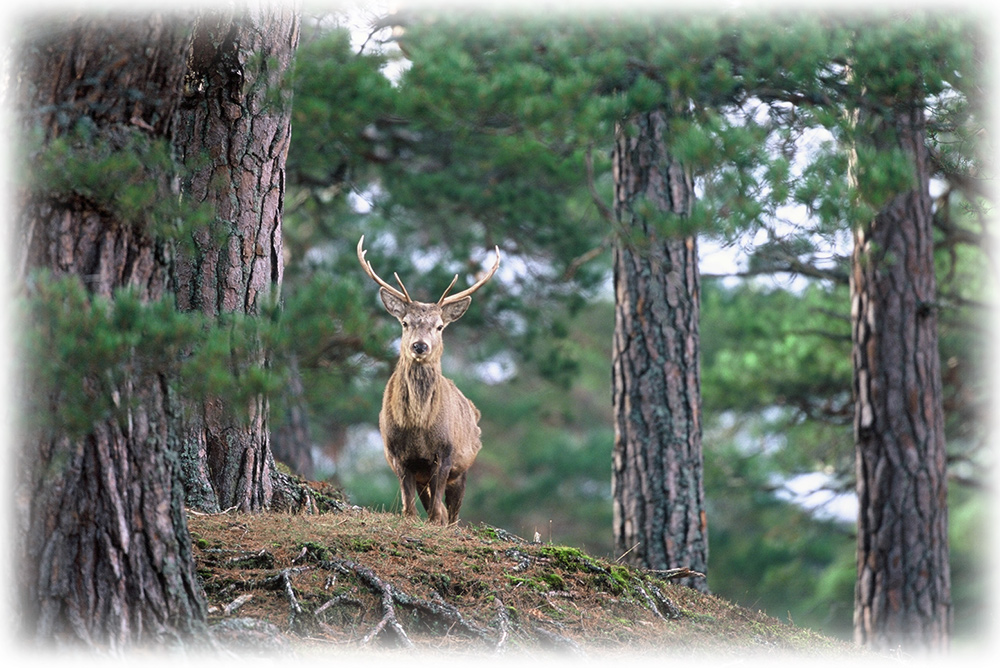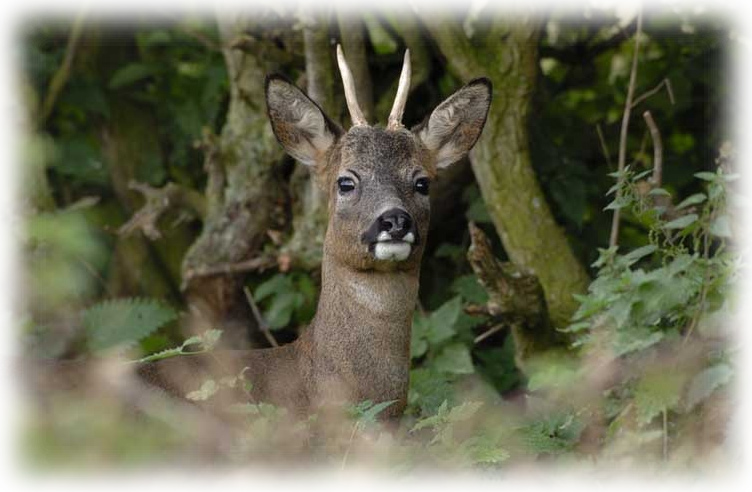
Aim
The aim of this guide is to outline what biodiversity is, the benefits of managing for it and how it can be taken into account in the deer management planning process.
What is biodiversity?
Biodiversity is the variety of all living things, the natural capital which supports our lives and a key measure of the health of our planet.
Locally, nationally and internationally biodiversity is recognised through a range of government initiatives and commitments which operate at different levels :
Level | Commitment / initiative (date) | Commitment / aims to: |
| global | UN Convention on Biological Diversity (1992) | ‘…the conservation of biological diversity, the sustainable use of its components, and the fair and equitable sharing of benefits arising out of the utilisation of genetic resources.’ |
| inter-national | EU VI Environmental Action Programme (2002-12) | ‘…protect and restore the functioning of natural systems and to halt the loss of Biodiversity.’ |
| national | UK Biodiversity Action Plan (1994) | ‘…conserve and enhance biological diversity within the UK and to contribute to the conservation of global biodiversity through all appropriate mechanisms.’ |
| Scottish Biodiversity Strategy (2004) | ‘…conserve biodiversity for the health, enjoyment and well-being of the people of Scotland now and in the future.’ | |
| local | Scottish local authority biodiversity action plans | ‘…stimulate effective local action for national priorities identified in the UK Biodiversity Action Plan, as well as for species and habitats which are particularly cherished or valued in local areas of Scotland.’ |
Each level is meant to take account of the levels above, in other words local biodiversity plans should reflect national priorities which in turn should reflect international priorities.
In practice, on the ground, biodiversity operates at three levels:
- the variety of habitats,
- the variety of species,
- genetic variation within species.
Red and roe deer are native species (and listed in their own right on the Scottish biodiversity list). In the absence of natural predators generally culling is required to manage deer in balance with habitats and other species.

Why manage for biodiversity?
As outlined in the table overleaf there are a range of local, international and national government or ‘public’ objectives for preserving or enhancing biodiversity. These are based on the idea that man has a responsibility for managing the environment wisely. Appropriate deer management is a significant contributing factor in maintaining / enhancing biodiversity in Scotland.
Managing for biodiversity may also have wider ecosystem benefits e.g. in terms of preventing soil erosion, thereby affecting carbon storage and water quality, whilst enhancing landscape, habitat and species for tourism. Grants may also be available for creating or managing specific habitats or species.
Managing for biodiversity can also benefit deer welfare and condition through the enhancement or creation of better quality forage and shelter.
How can deer management help biodiversity?
In terms of planning for deer management, taking biodiversity into account means aiming to achieve an appropriate balance of natural habitats, species and genes and conserving habitats of particular conservation interest - whilst achieving deer management objectives.
At the very least the aim should be to maintain (i.e. not lose) biodiversity and it may be desirable to enhance or increase biodiversity. In practice this will mean planning to manage deer densities and distributions to ensure an appropriate range or level of trampling and grazing impacts on key habitats, e.g. blanket bog, heather moorland or woodland*.
Examples of other deer management actions or policies which could benefit biodiversity:
- considering the role of grallochs in providing food for eagles;
- minimising the spread of Sika deer genes into the red deer gene pool;
- considering the biodiversity benefits of appropriate habitat creation for deer management (e.g. planting native shelter belts, creating rides, glades and clearings for stalking).
What are the priorities?
Deer management planning for biodiversity should take account of international, national and local priorities for habitats and species in addition to general biodiversity considerations outwith designated sites. In practical terms this is likely to mean management to benefit a wide variety of biodiversity with consideration given to the scale and pattern of habitats - to provide networks or corridors for fragmented species or habitats to disperse.
Where there are designated sites** conservation objectives will have already been clearly identified. Outwith designated areas, reference should be made to the national and local priorities (e.g. as described in a Local Biodiversity Action Plan available from your local council offices). Other guidance is also available, such as FCS Forestry Strategy1 and SNH Natural Heritage Futures1.
What information should be collected?
As a starting point baseline information should be collected on:
Habitats | Species |
| presence | |
| extent | distribution |
| condition | population size / density |
| current herbivore impacts | herbivore-related impacts |
| likely trends | |
| status | |
This will enable an assessment to be made of the likely impacts of current or proposed future deer population levels and distribution. This should then be used to inform the deer management process and to monitor progress of management measures over time.
Other useful information: UK Biodiversity Action Plan and see also BP Contacts
